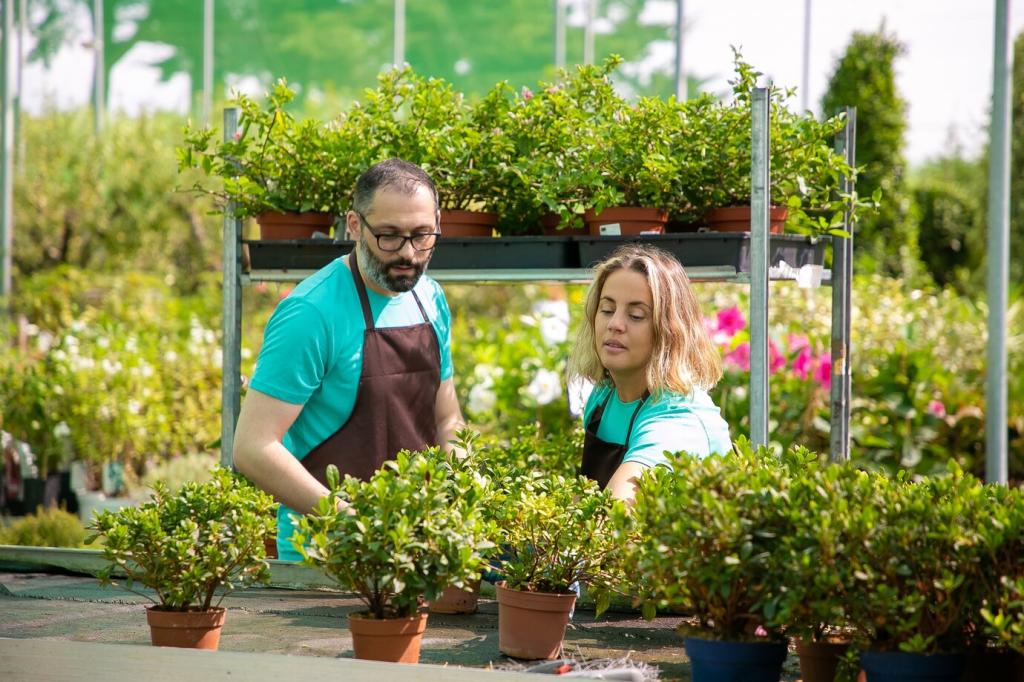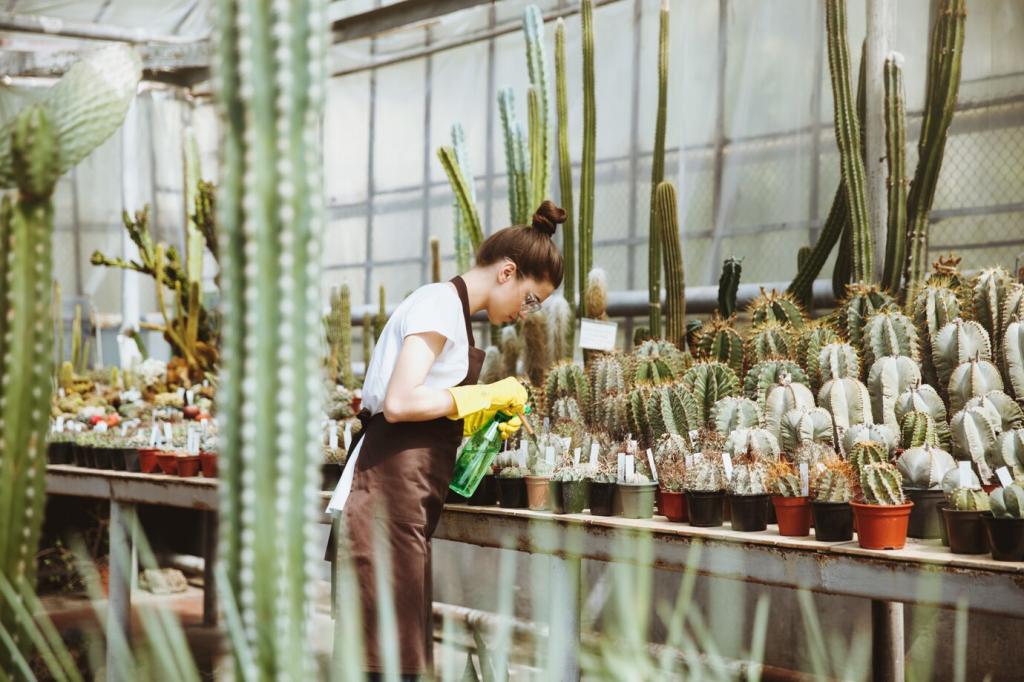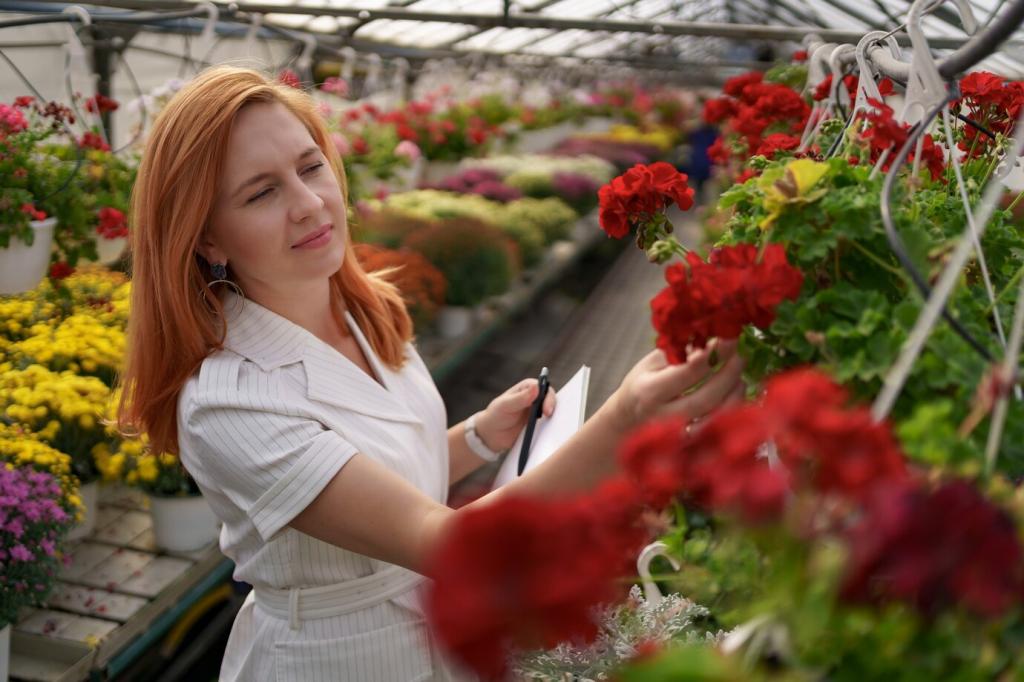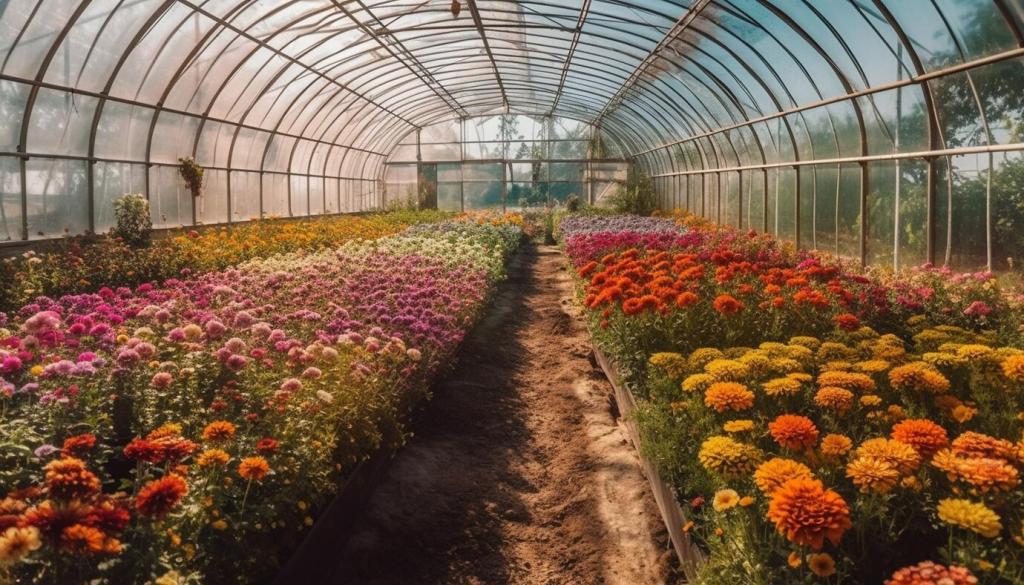Middle Eastern Desert Plant Care: Grow With Heat, Sand, and Sun
Chosen theme: Middle Eastern Desert Plant Care. Welcome to a friendly oasis of know-how, where tradition meets practical science. From date palms to desert roses, we celebrate plants that flourish under relentless light and scarce water. Join our community, share your garden stories, and subscribe for seasonal tips tailored to arid climates.
Core Principles of Middle Eastern Desert Plant Care
Reading the Desert Climate
Expect intense summers, dramatic day–night temperature swings, short winter rains, and drying winds. Successful care honors these rhythms with autumn planting, deep root encouragement, and protective shade where afternoon sun concentrates heat against walls and reflective surfaces.
Heritage, Memory, and Plants
Many of us remember a grandparent watering date palms at dawn, timing irrigation with prayer and sunrise. These stories teach patient observation, seasonal timing, and gentle persistence—qualities every desert gardener can practice while building a living connection to place.
Choosing Region-Ready Species
Select plants evolved for aridity: date palm, ghaf, Acacia tortilis, desert rose, frankincense, sidr, and heat-tolerant herbs like henna. Favor species with deep roots, leathery leaves, or succulent tissues, and tell us which have proven toughest in your garden.
Soil and Drainage That Desert Plants Need
Blend coarse sand, gravel, and a modest amount of organic matter to create pores that shed excess water. For containers, add pumice or perlite for structure. Share your best ratios; local sands and aggregates vary more than most recipes admit.
Soil and Drainage That Desert Plants Need
Hard, lime-rich layers can trap water above roots. Break through mechanically where possible, raise beds over stubborn layers, and avoid overworking wet soil. A broad planting hole with sloped sides encourages roots to escape and anchor deeply despite caliche.



Watering Wisdom for Arid Landscapes
Water to the depth of the root zone, then wait. Let the top few centimeters dry before repeating. This encourages deep rooting and resilience. Keep a simple soil probe or screwdriver handy to check moisture where your eyes cannot see.
Aim for bright morning sun and filtered afternoon light for sensitive species like desert rose or young frankincense. Temporary shade cloth during heatwaves prevents stress lines and leaf scorch. What shade percentage has worked best in your courtyard?
Sun, Shade, and Microclimates



Containers, Courtyards, and Rooftops
Right Pot, Right Mix
Choose clay or breathable containers to prevent waterlogging in heat. Use gritty, mineral-rich mixes and elevate pots for airflow. Oversized drainage holes and mesh screens prevent clogging. Tell us your favorite potting blend for adenium or miniature acacias.
Balcony Heat and Water Strategy
Balconies superheat in late afternoons. Cluster pots for mutual shade, use saucer-free stands, and water early. Self-watering reservoirs can work if the mix stays airy. Share your drip-on-a-balcony hacks and how you hide tubing elegantly.
Courtyard Fragrance and Utility
Plant henna and sidr where night air pools, letting subtle perfume move through seating areas. Combine low, reflective gravel with raised planters to moderate temperatures. Invite neighbors to an evening walk-through and compare watering notes over mint tea.
Managing Salinity and Alkalinity
Use simple EC and pH meters to track trends rather than chase single numbers. Keep a notebook, correlate results with leaf color and growth, and adjust gradually. What thresholds have you set for palms versus succulents in your space?
Seasonal Care, Pests, and Resilience
Autumn is ideal for planting, giving roots months to explore before summer. During heatwaves, pause fertilizing, add temporary shade, and shift watering earlier. Subscribe for our monthly reminders timed to regional weather patterns and cultural holidays.
Inspect date palms for fresh frass, wilting crowns, or unusual sounds in trunks. Practice clean pruning, seal large cuts, and monitor traps. Mealybugs and scale on adenium respond to early intervention. What early warning signs have you learned to trust?
Regularly rinse dusty leaves so they can breathe and photosynthesize efficiently. Use gentle sprays at sunrise to avoid steaming foliage. Rotate containers for balanced light. Share your favorite soft-bristle brush and how often you clean during dusty weeks.
